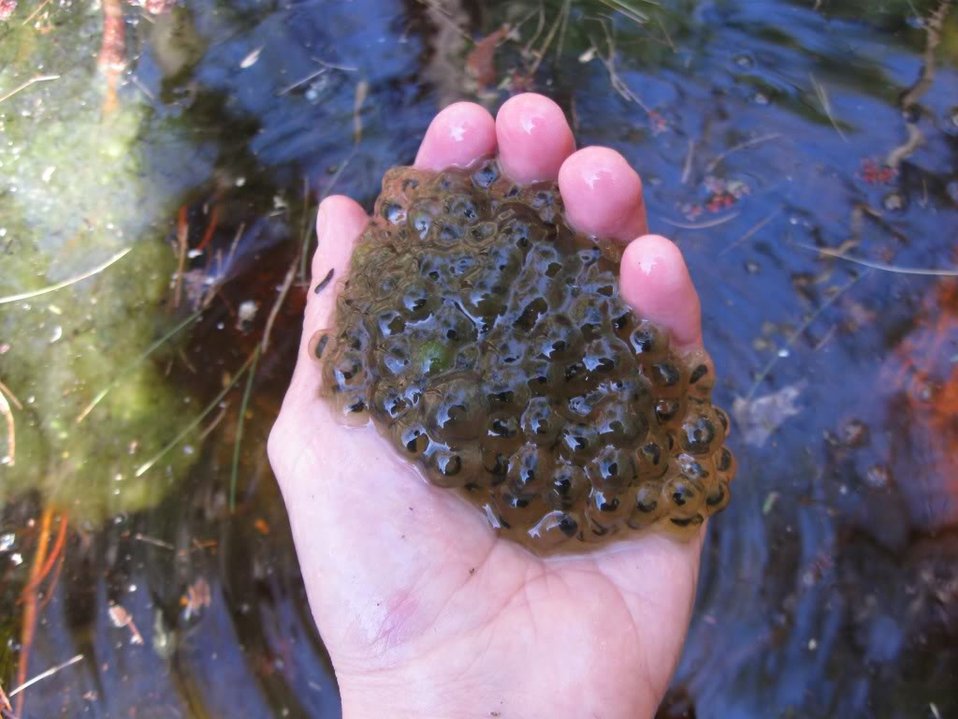Blog

#bioPGH: How Does Your Wild Baby Grow?
 A resource of Biophilia: Pittsburgh, #bioPGH is a weekly blog and social media series that aims to encourage both children and adults to reconnect with nature and enjoy what each of our distinctive seasons has to offer.
A resource of Biophilia: Pittsburgh, #bioPGH is a weekly blog and social media series that aims to encourage both children and adults to reconnect with nature and enjoy what each of our distinctive seasons has to offer.
The spring “baby boom” of the forest may be past, but there are still an assortment of young ones out there currently learning from their parents, hiding in dens and exploring their own new little worlds. Have you ever noticed, though, that some animal babies are born rather helpless while others become independent very quickly? Or have you noticed that some animals produce hundreds of potential offspring (eggs) while others produce very few offspring and invest a significant amount time and energy raising those offspring? Let’s check out a few different strategies behind baby-raising biology!
A major factor behind raising wild babies is the trade-off between the level of parental care and number of offspring. Laying eggs, giving birth, and taking care of babies are all very energetically expensive activities for parents. Thus, in nature, there is a general spectrum ranging from a high number of offspring accompanied by little or no parental care to a low number of offspring with a high level of parental care. As you might imagine, the survival rates of offspring range widely between these two different strategies, so what are the advantages or downsides to each?
First, let’s look at those large broods with little parental care (also called r-strategists, if you’re interested in a deeper dive.) If you think about amphibians, for example, you will often see frogs or salamanders lay huge egg masses with numerous potential offspring – wood frogs can lay up to 3000 eggs in a single season, yet there is often little or no parental care after egg-laying. Those little eggs and the ensuing larvae and tadpoles are generally on their own. To increase survival odds, r-strategists’ offspring are usually precocial; they grow quickly and are capable of managing their own needs early on. Still, most offspring in this scenario don’t survive to adulthood (in the case of some amphibians, that survival rate can be less than one percent depending on the species), but each brood started with so many eggs, it’s a good bet that at least a few from that season will survive to become adults. Laying so many eggs is energetically costly to the female, but after that, her work is done.
On the other end of the spectrum, we can look at animals that have few offspring during their breeding season but provide a high level of parental care (also called K-strategists). Babies in this category are more likely to be born relatively helpless (altricial), and grow slowly under the watchful eyes of parents. Elephants are a classic example of K-strategists; mothers invest several years of parental care into each calf, the calves grow very slowly – not even reaching reproductive age themselves often until their teens—and mothers will typically not have another calf for 3-8 years. This is an incredible parental investment over the long term, but the outcome is a much higher survival rate for individual offspring, ranging somewhere around 70% for the first year of life.
Of course, nature rarely operates in absolutes, and there are plenty of examples an animals that don’t quite fit this spectrum tidily. Or they fit it in unusual ways, like jacana birds, where females lay many eggs with multiple males over a season, and the males offer the parental care! And behind both of these strategies is an even bigger picture of managing wild population sizes! Either way, animal parents have their work cut out for them. There is either an incredible energy cost up front, or a long, steady energetic investment. So next time you see a spotted little fawn, tiny little fish fries, or hungry baby robins, give a little nod to the parents of the animal world!

Wood frog eggs, USFWS
Photo Credits: Cover, Forest Wander CC-BY-SA-3.0-US; Header, Pexels, public domain
Connecting to the Outdoors Tip: If your human family is interested in learning more about wild families, check out some of the activities here that are a part of Project Wild
Continue the Conversation: Share your nature discoveries with our community by posting to Twitter and Instagram with hashtag #bioPGH, and R.S.V.P. to attend our next Biophilia: Pittsburgh meeting.
Resources

